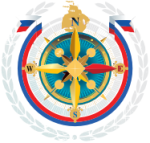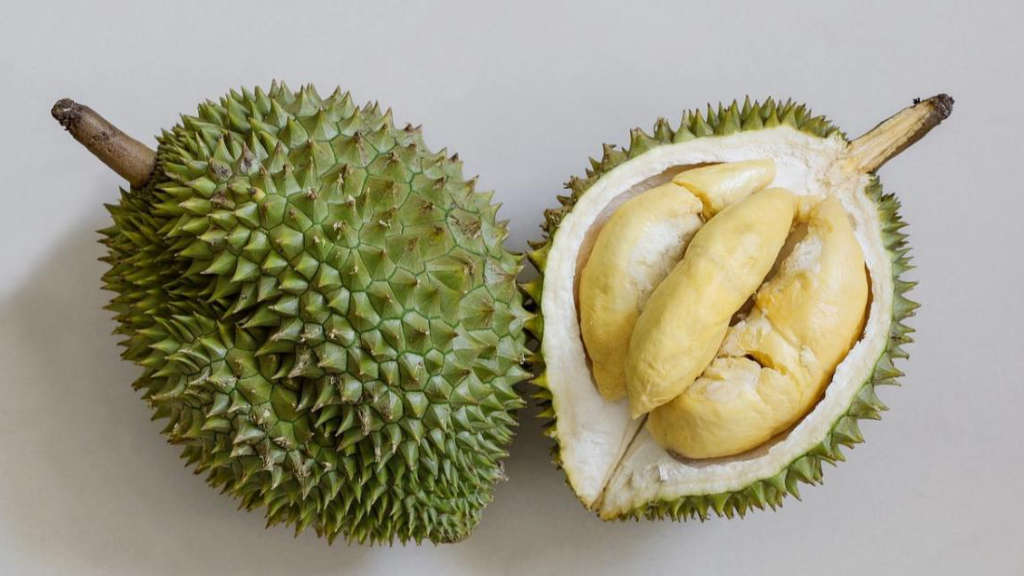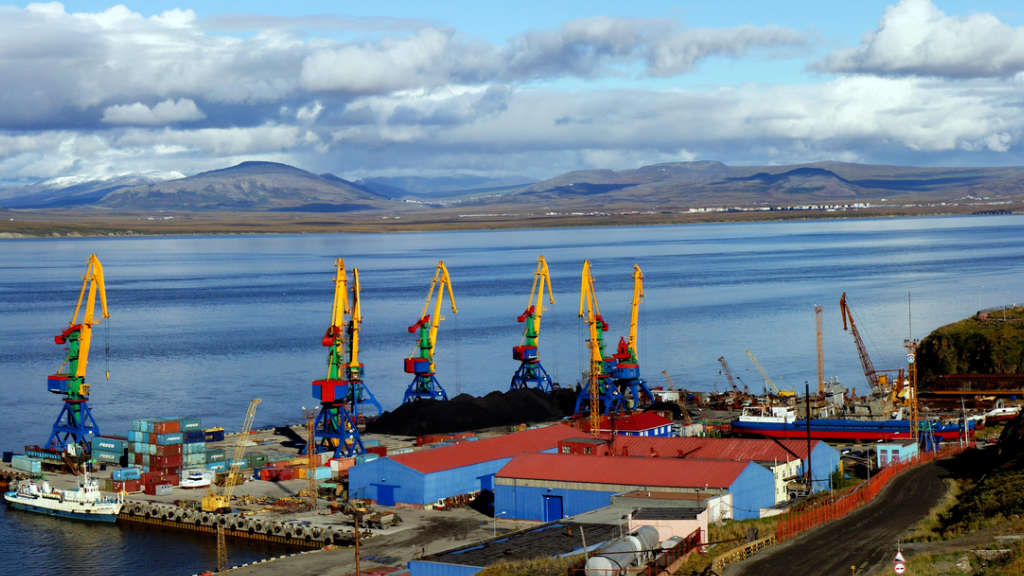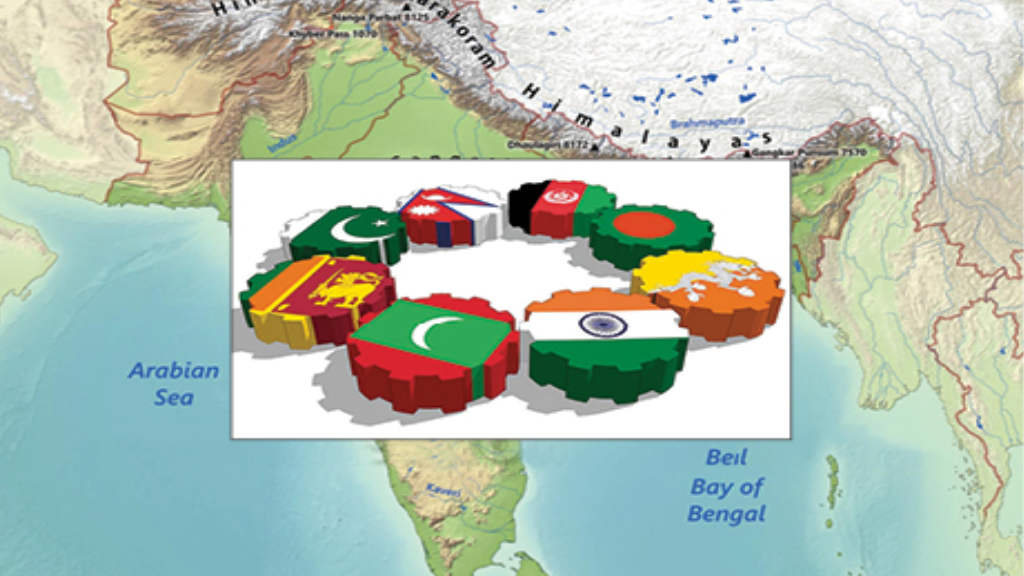Russia’s unrealized export potential in trade with the Caspian countries is estimated at US$3.5 billion, which is about 10% of Russia’s trade turnover with the countries of the region in 2023, according to Dmitry Volvach, Russia’s Deputy Minister of Economic Development of Russia. He was speaking at the Third Caspian Economic Forum in Tehran.
Russia’s mutual trade with the Caspian countries in the ten months between January and October 2024 increased by 7.7% compared to 2023, with Russian exports increasing by 13.1%. The Caspian markets include Russia, Azerbaijan, Kazakhstan, Turkmenistan and Iran.
Volvach said that in addition to the natural advantage of maritime transportation across the Caspian Sea, Russia, together with the Caspian littoral countries, is actively engaged in creating additional advantages for the development of mutual trade competitiveness and economic growth. This is happening through the development of bilateral cooperation, integration and improvement of trade conditions in the CIS and the Eurasian Economic Union, the development of transit opportunities and transportation of goods to the world market.
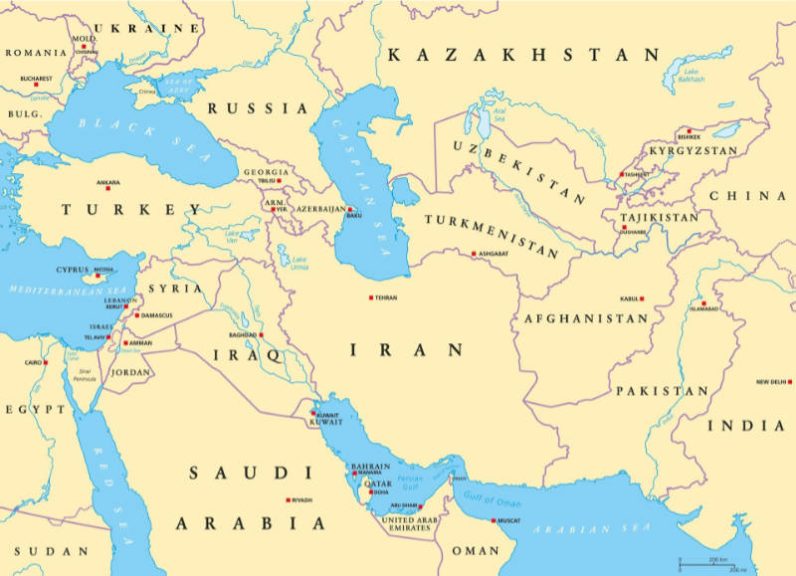
Volvach said that Russia was actively engaged in developing its Eurasian transport corridors and routes, including the construction of seaports on Russia’s Caspian Sea coast, the development of a Port SEZ in Astrakhan region, improving infrastructure of Astrakhan seaports, and dredging the Volga-Caspian Sea Shipping Channel.
All participating countries are looking to create new technologies for marine infrastructure, including the digitalisation of transport infrastructure, expansion of port capacity and greater investment in the ports of the Caspian Sea.
Volvach also stated that Russia and Kazakhstan, being members of the EAEU need to develop better trade dialogue with Iran, Azerbaijan and Turkmenistan, who are not EAEU members. He said that “At the first stages, the exchange of practices between the customs authorities of the Caspian littoral countries should be intensified in order to simplify digital interaction. After that, our countries will be able to increase the flow of goods passing through the North-South international transport corridor, which is fundamentally important for all Caspian states.”
The INSTC links the Caspian Sea with markets in the Middle East, East Africa, and South Asia via Iran’s Persian Gulf ports.
Further Reading
